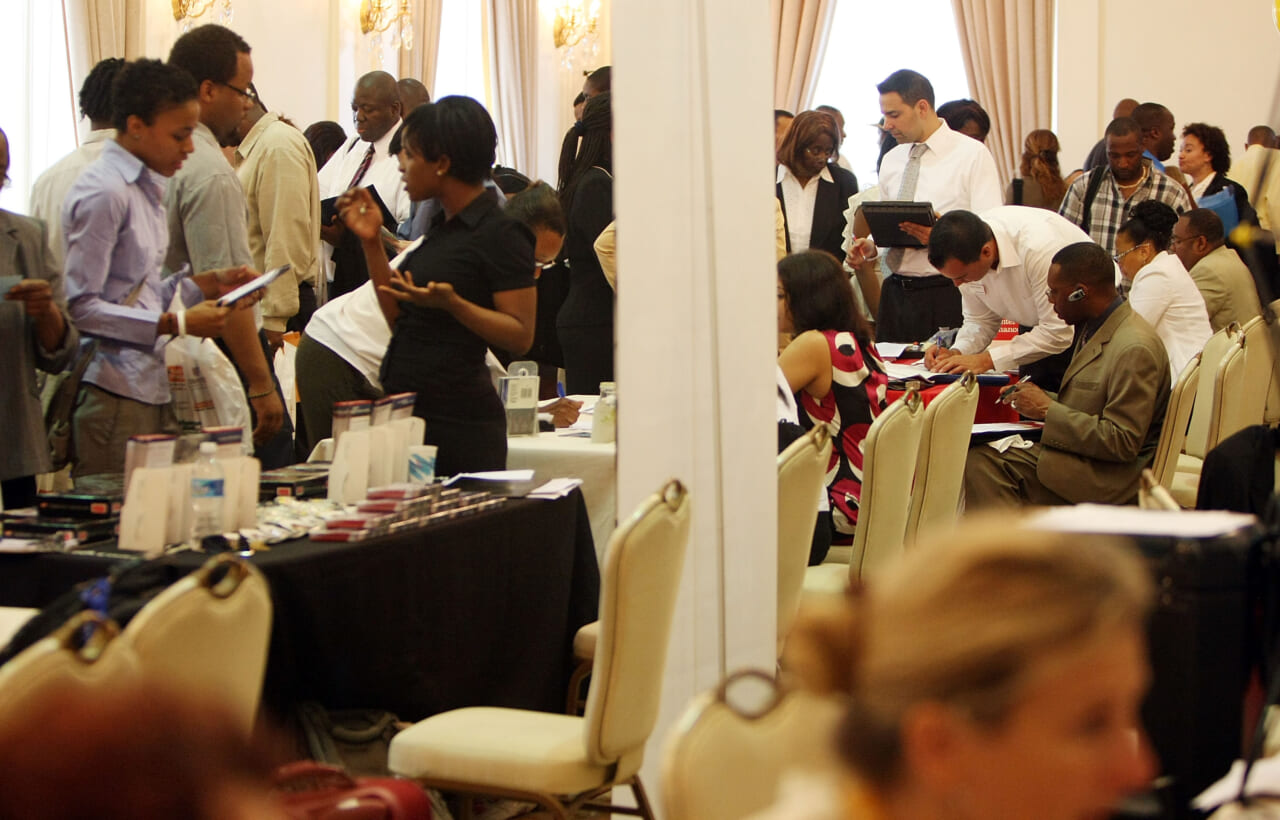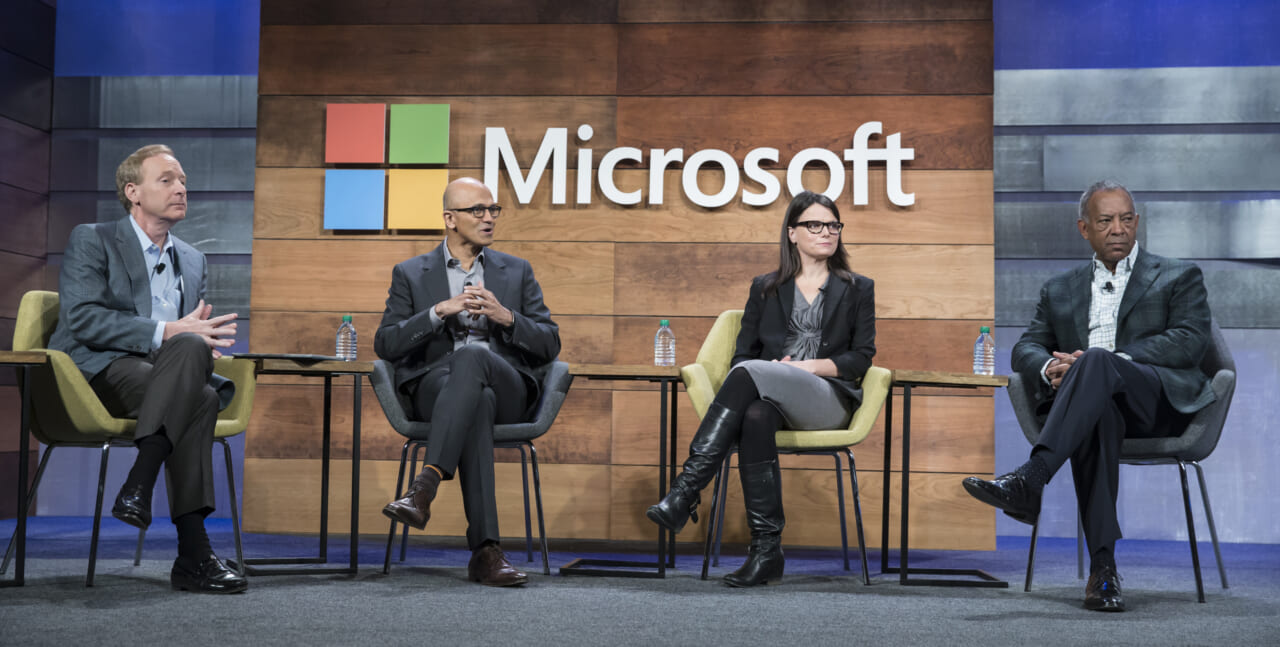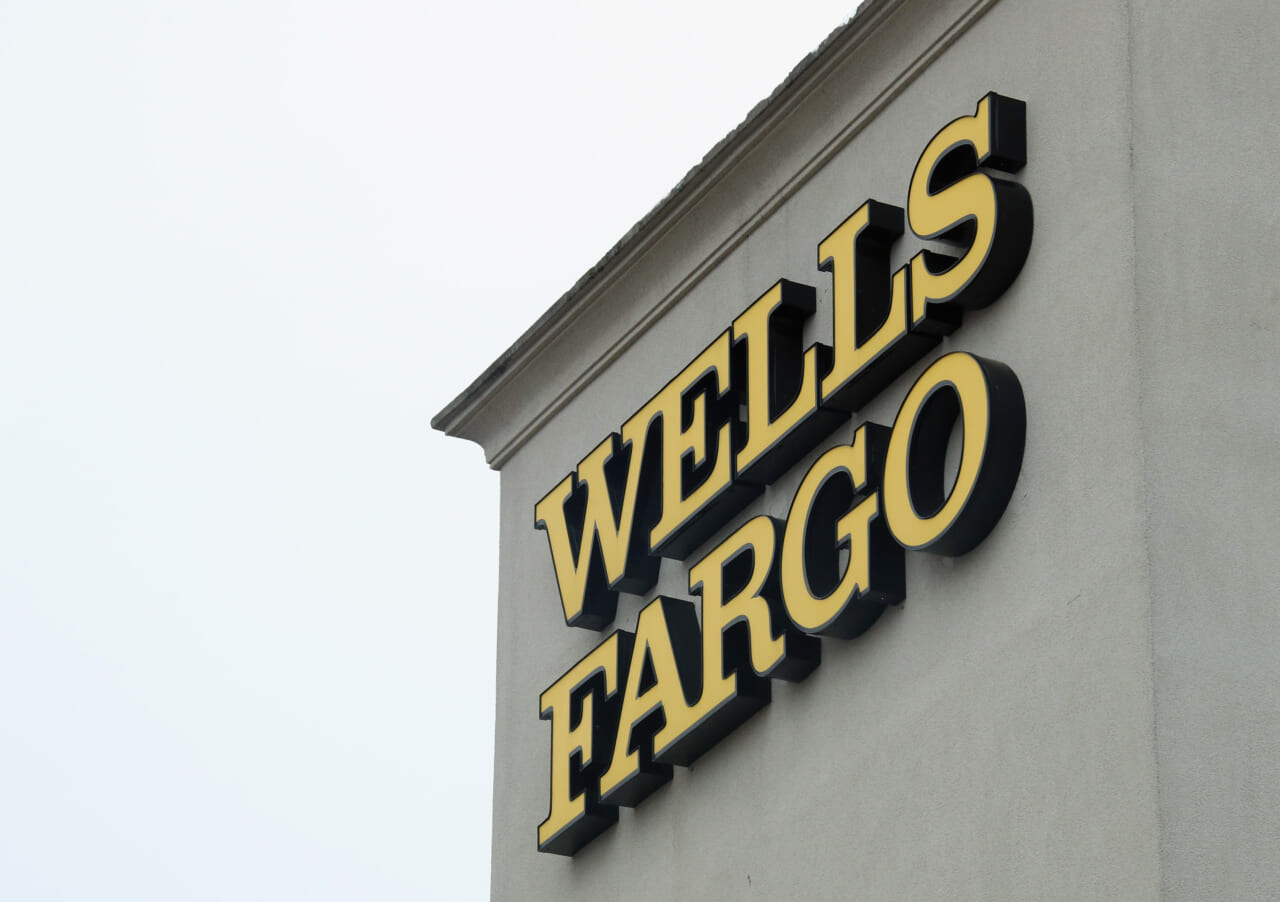Trump administration targets diversity hiring by contractors
The U.S. Labor Department is twisting a Civil Rights-era presidential order to scrutinize companies over their public commitments to diversity
American companies promising to hire more Black employees in leadership roles and teach their workforce about racism are getting a message from President Donald Trump’s administration: Watch your step if you want to keep doing business with the federal government.
Trump’s Labor Department is using a 55-year-old presidential order spurred by the Civil Rights Movement to scrutinize companies like Microsoft and Wells Fargo over their public commitments to diversity. Government letters sent last week warned both companies against using “discriminatory practices” to meet their goals.
Microsoft has brushed off the warnings, publicly disclosing the government inquiry and defending its plan to boost Black leadership.

But advocates for corporate diversity initiatives worry that more cautious executives will halt or scale back efforts to make their workplaces more inclusive out of fear that a wrong step could jeopardize lucrative public contracts. The agency has oversight over the hiring practices of thousands of federal contractors that employ roughly a quarter of all American workers.
“For tech companies that don’t care about these issues, the pronouncements are a dog whistle that they can carry on discriminating the way they already have,” said Laszlo Bock, an executive who ran Google’s human resources division for more than a decade and now leads software startup Humu.
Bock said those who do care, however, will see Trump’s actions as political “sound and fury” that will be hard to enforce.
READ MORE: Trump expands ban on anti-racism training to federal contractors
“It’s not at all illegal to strive to have a workforce that reflects the makeup of your nation,” Bock said.
Democratic President Lyndon B. Johnson’s 1965 order was designed to “adjust the imbalances of hiring that are a legacy of our racist past,” said employment attorney and public contracting expert Daniel Abrahams.
“Trump is turning it around into an instrument of white grievances,” he added.

The president has also ordered the Labor Department to set up a new hotline to investigate complaints about anti-racism training sessions that Trump has called “anti-American” and “blame-focused.” The order signed last month calls attention to discussions of deep-seated racism and privilege that could make white workers feel “discomfort” or guilt.
Trade groups representing the tech and pharmaceutical industries are protesting Trump’s new order, saying it would restrict free speech and interfere with private sector efforts to combat systemic racism.
Trump’s executive order is a twist on Johnson’s 1965 directive and amendments that followed that set rules banning discriminatory practices at companies that contract with the federal government. It requires contractors to take “affirmative action” to open the doors to hiring minorities and women.
But the Labor Department is raising questions about the specificity of commitments made by executives addressing racial injustice in response to the wave of Black Lives Matter protests that followed May’s police killing of George Floyd in Minneapolis.
Microsoft CEO Satya Nadella said in June that the tech company would double the number of Black and African American managers, senior individual contributors and senior leaders by 2025. Wells Fargo CEO Charles Scharf made a similar commitment in June to doubling Black leadership over the next five years.

Abrahams said he doubts that the Labor Department has much of a case against companies that are trying to boost diversity, though “there’s some discrimination against white people that’s probably actionable,” and courts have danced around the question of what happens when employers set “inflexible” targets for racial quotas.
But he said it’s more likely the Trump administration is using the move as a political tactic ahead of the presidential election. Trump has criticized workplace training that he says is based on critical race theory, or the idea that racism is systemic in the U.S.
Dozens of companies have ramped up their efforts to bring more Black and other minority employees into their ranks since the protests over Floyd’s death shook the country and triggered a national reckoning over racism. Many have announced initiatives specifically targeting the African American community.
The CEOs of the 27 largest employers in New York — including Amazon and J.P. Morgan — formed a coalition to recruit 100,000 people from low-income Black, Hispanic and Asian communities in the city by 2030. More than 40 companies have joined a pledge to add at least one Black member to their board of directors by 2021.
Several other top government contractors have set numeric goals for adding Black or Latino employees, including consulting firms Accenture and Deloitte.

Johnny Taylor, the CEO of the Society for Human Resource Management, said he has asked for a conference with U.S. Labor Secretary Eugene Scalia to seek clarity about the intention of the inquiries.
“I want them to ensure the companies are complying with the law but that investigation doesn’t result in a chilling effect on diversity and inclusion programs,” said Taylor, whose organization represents 300,000 human resource professionals across the world.
Taylor said he believed the policies announced by Microsoft and Wells Fargo amounted to aspirational goals, rather than quotas based on race. But he said announcing numbers may have opened companies to discrimination complaints.
READ MORE: Celtics launch 10-year, $25 million racial justice initiative
Companies can protect themselves against claims of discrimination by widening their applicant pool to ensure a large enough number of qualified minority candidates, said Mabel Abraham, an assistant professor of management at Columbia University. The challenge, she said, is that companies have to show they have measurable diversity goals to attract talented minority applicants in the first place.
“Companies that are going to get the applicants are the ones that actually have minorities in top roles and that are putting out messages of race and diversity,” she said. “It’s a chicken-and-egg problem.”
The latest actions affecting contractors align with a broader Trump administration trend on matters of race.
The Education Department last month opened an investigation into racial bias at Princeton University over the school’s recent acknowledgment of racism on campus, and on Thursday, the Justice Department sued Yale University, weeks after prosecutors found the university was illegally discriminating against Asian American and white applicants, in violation of federal civil rights law.
Trump’s newest executive order also applies to educational institutions that receive federal funding. At least one university, the University of Iowa, suspended its diversity efforts in response the order.
Liz Tovar, the university’s interim associate vice president of diversity, equity and inclusion, said the decision was taken because of “the seriousness of the penalties for non-compliance with the order, which include the loss of federal funding.”
Have you subscribed to theGrio’s podcast “Dear Culture”? Download our newest episodes now!
